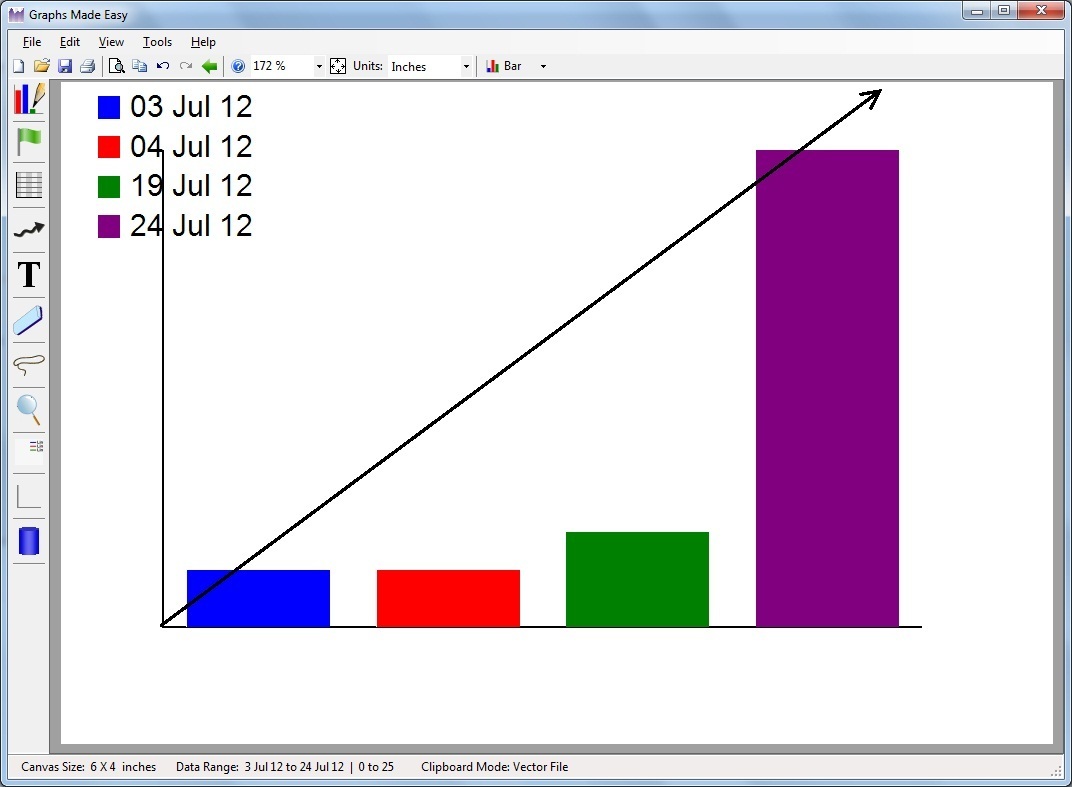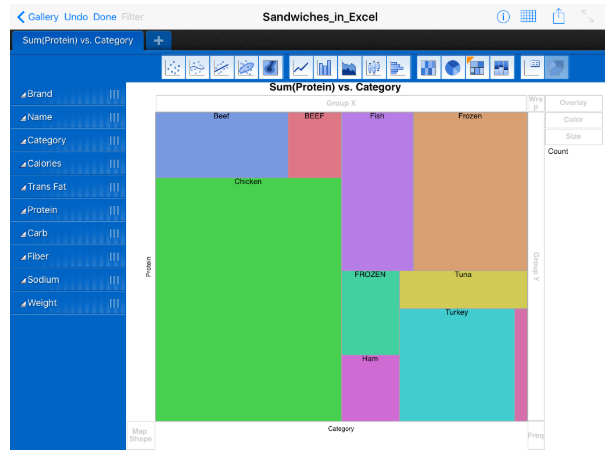

#Easy graph builder code#
These built-in chat interfaces can provide better customer support, automate routine tasks, and even output code depending on the user’s input, a practice that became common as “prompt-engineering.” By leveraging the power of GPT-4, businesses can create applications to easily complete data tasks for analysts that are more intelligent and can hold more engaging conversations with users.

An example of GPT-4 applications are Chat Data Prep and Chat Explore. One of the most exciting applications of GPT-4 is in conversational AI, where it has the potential to create more sophisticated and natural-sounding chatbots and virtual assistants. This capability can revolutionize how programmers, designers, and digital marketing experts work on web experiences for their users. In the demo, GPT-4 turned a website design sketched on a piece of paper into a fully functional website in a matter of seconds. Contrary to the previous GPT-3 and GPT-3.5 models, GPT-4 is capable of accepting images as inputs, as demonstrated in a recent demo by OpenAI.

It uses a deep learning neural network to analyze vast amounts of text data and create coherent and meaningful responses to questions or prompts. The large language model (LLM) is designed to generate human-like text and understand natural language better than any previous GPT model. As the model is often used in chatbots, it is sometimes referred to as Chat GPT-4. GPT-4 is the fourth generation of OpenAI's Generative Pre-trained Transformer (GPT) language model.


 0 kommentar(er)
0 kommentar(er)
